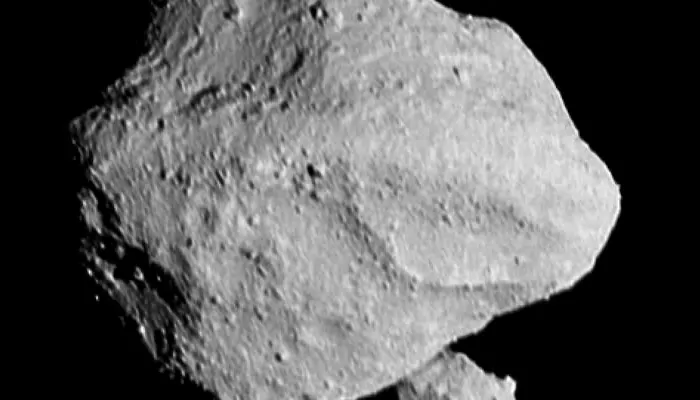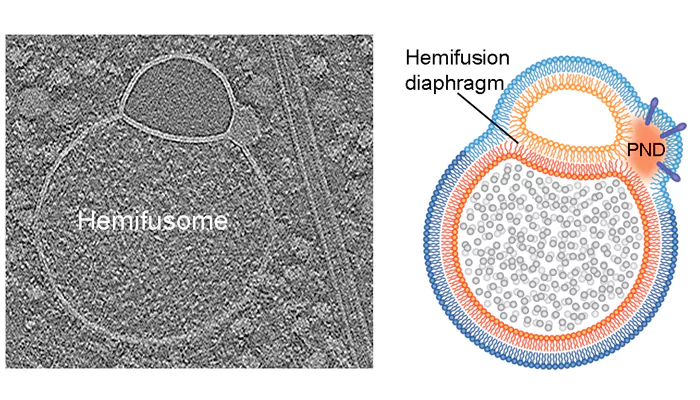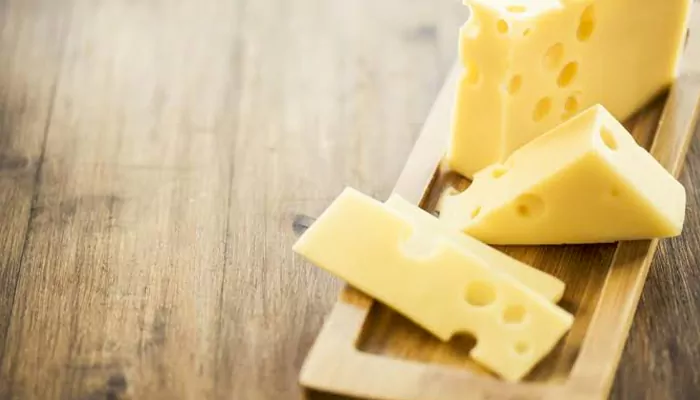
Here are today’s most important updates from the realm of Science and Space.
Researchers have now found one spot, which could be conducive for the first humans to land on the Red Planet. The spot is located in the Amazonis Planitia region, which is around the middle latitudes of the planet and is being considered for the maiden human expedition as it gets enough sunlight for power, and is still cold enough to preserve ice near the surface. Astronauts need H2O, not just for drinking, but for propellant and all manner of applications. And finding it close to the surface is helpful because they can easily extract and use it. This is called in situ resource utilisation, and it's an important practice for any space exploration.

The rocks and soil samples from asteroid Ryugu have provided new insights into the nature of primitive asteroids and the formation of the Solar System. The research team has identified the mineral djerfisherite, a potassium-containing iron-nickel sulfide, in a sample from this C-type asteroid. This discovery challenges existing paradigms since djerfisherite was not expected to form under the conditions present on Ryugu. This unexpected presence raises questions about Ryugu's formation, suggesting either an unusual environment or a long-distance transport process early in the solar system's history. Meanwhile, Ryugu is a part of a larger parent body formed between 1.8 and 2.9 million years after the solar system's beginning, originated in its outer regions. The next research steps aim to reconstruct the early mixing processes and thermal histories of small bodies like Ryugu.

(Credit: X/@sehamebrahim)
A new organelle has been discovered in human cells — and scientists call it a "hemifusome.” This new organelle may be involved in sorting, recycling and discarding proteins within human cells. It looks like a snowman wearing a scarf. Simply, you can imagine a small head attached to a larger body, with a thin border separating the two ends. The organelle is around 100 nanometers in diameter, less than half the size of even a small mitochondrion. The scientists were able to observe the hemifusomes because they used a method called cryo-electron tomography (cryo-ET) to generate their images.

Scientists have found that eating too much dairy could ruin your sleep. Researchers have found a strong association between nightmares and lactose intolerance — potentially because gas or stomach pain during the night affects people’s dreams. When the authors compared reports of food intolerances to reports of bad dreams and poor sleep, they found that lactose intolerance was associated with gastrointestinal symptoms, nightmares, and low sleep quality. It’s possible that eating dairy activates gastrointestinal disturbance, and the resulting discomfort affects people’s dreams and the quality of their rest. Nightmares can be very disruptive, especially if they occur often, because they tend to awaken people from sleep in a dysphoric state. They might also produce sleep avoidance behaviors. Both symptoms can rob you of restful sleep.